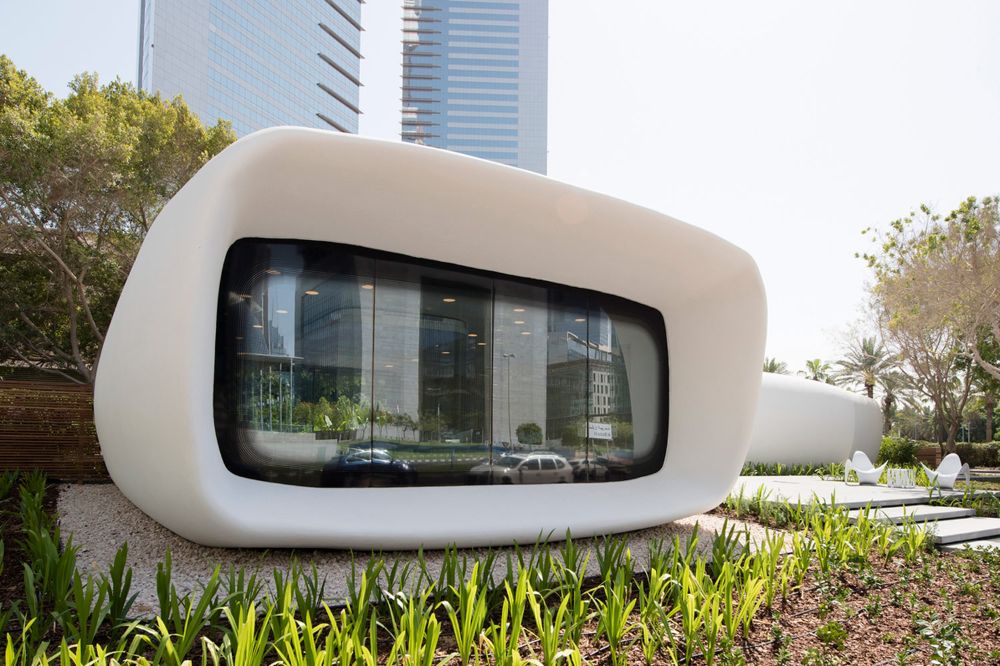The Planning and Development Department (Trakhees) recently announced the issuance of the first licence for construction using 3D printing technology in Dubai.This groundbreaking move by a prominent property developer marks a significant step towards revolutionising construction practices in the region.

The licence was granted to facilitate the Al Furjan Hills project, showcasing the swift integration of 3D printing into construction operations.Sultan Ahmed bin Sulayem, Chairman of the Ports, Customs, and Free Zone Corporation, emphasised the commitment to implementing regulations governing 3D printing in construction, fostering economic growth and sustainability.
Strategic Objectives and Collaborative Efforts:
Aligning with Dubai’s Economic Agenda D33, Trakhees aims to ensure that 25% of buildings are constructed using 3D printing technology by 2030.Collaboration with real estate developers underscores the collective effort to position Dubai as a global hub for innovative construction practices.
Environmental and Economic Benefits:
3D printing technology offers eco-friendly construction methods, reducing environmental footprints and enhancing project efficiency.Abdullah Belhoul, CEO of Trakhees, highlighted the significant reduction in labor costs and construction duration, resulting in accelerated project completion and fewer workplace accidents.
Trakhees is actively working to integrate 3D printing technology into the Dubai Building Code, ensuring compliance with global standards and technical advancements.The issuance of permits and regulatory compliance demonstrates a seamless integration of modern technology with established construction procedures.
Continued collaboration with stakeholders aims to address technical aspects and facilitate the implementation of advanced construction techniques.The Civil Engineering Department’s issuance of the first “no objection” permit for 3D printing technology signals a progressive approach towards embracing innovative construction methods in Dubai.
